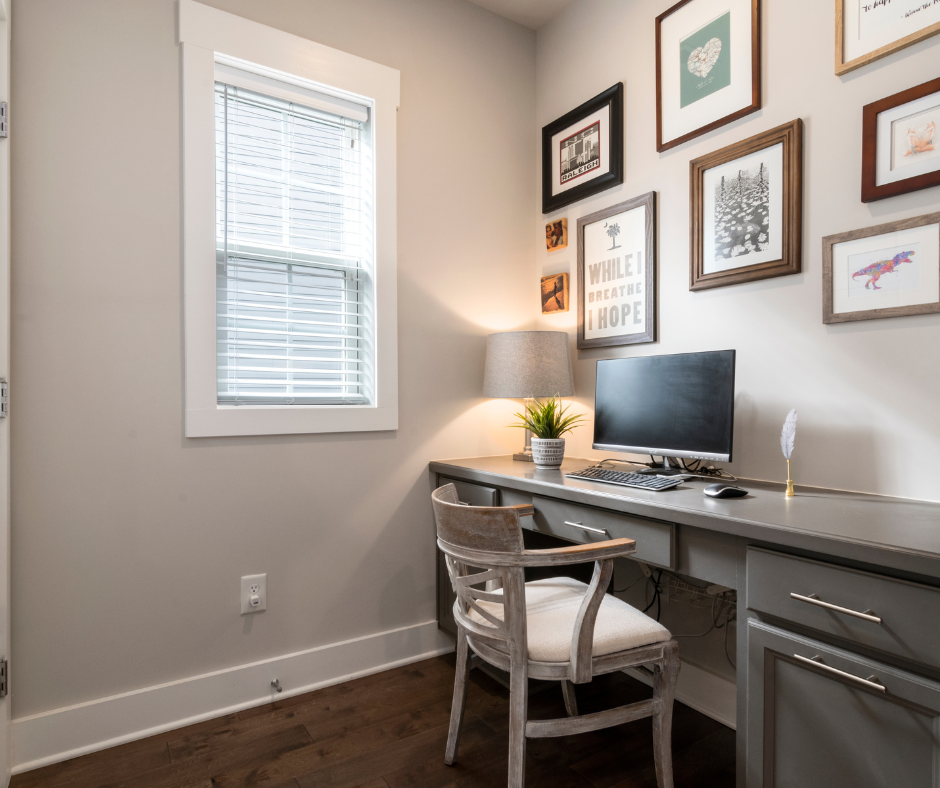
When it comes to choosing interior doors, homeowners often find themselves torn between sliding doors and traditional hinged doors. Both options have their unique advantages and drawbacks, and the best choice often depends on your specific needs, space, and aesthetic preferences. In this blog, we’ll break down the pros and cons of each style to help you decide which is right for your home.
Sliding Doors: Modern and Space-Saving
Pros
-
Space Efficiency
Sliding doors are perfect for smaller spaces where a swinging door would take up too much room. By gliding along a track, sliding barn doors maximise usable space in a room, making them ideal for areas like closets, bathrooms, or compact spaces like a home office

-
Contemporary Aesthetic
Sliding doors bring a sleek, modern vibe to any interior. They come in various styles, from frosted glass panels to rustic barn doors, allowing you to choose a look that complements your home decor. -
Versatility
Sliding doors can double as room dividers, creating flexible spaces. For instance, a pocket sliding door can disappear into the wall, seamlessly connecting or separating two areas. -
Quiet Operation
Many modern sliding doors are designed with soft-close mechanisms, ensuring a quiet and smooth operation—a bonus for shared spaces or homes with children. -
Accessibility for Wheelchair Users
Sliding doors are an excellent choice for wheelchair-accessible spaces. Unlike hinged doors that may obstruct movement, sliding doors provide wide, unobstructed openings and require minimal effort to operate. They are particularly useful in creating barrier-free living environments.

Cons
-
Installation Complexity
While hinged doors are straightforward to install, sliding doors, especially pocket doors, may require significant adjustments to your wall or frame. -
Maintenance Needs
Sliding doors rely on tracks, which can accumulate dust and debris, requiring regular cleaning to maintain smooth operation.

Traditional Hinged Doors: Classic and Functional
Pros
-
Timeless Appeal
Hinged doors have been a staple in homes for centuries, offering a classic look that suits a wide range of interior styles, from traditional to modern. -
Ease of Use
Hinged doors are simple to operate and offer full access to the doorway, making them practical for moving items or accommodating people with mobility challenges. -
Widespread Availability
Hinged doors are readily available in various materials, styles, and finishes, making them easy to match with existing decor or architectural elements. -
Affordable and Simple Installation
Compared to sliding doors, hinged doors are typically less expensive and easier to install, making them a budget-friendly option.
Cons
-
Space Consumption
Hinged doors require swing clearance, which can be inconvenient in small or crowded spaces. -
Potential for Wear and Tear
Hinges and latches on these doors are subject to wear over time, which might lead to squeaks or misalignment. -
Limited Design Options
While hinged doors are versatile, they lack the modern or space-saving aesthetic of sliding doors, which might not suit contemporary interiors.
Which Door Is Right for You?
Your choice between sliding doors and traditional hinged doors largely depends on your priorities and the space in which they will be installed. Here’s a quick comparison:
| Feature | Sliding Doors | Hinged Doors |
| Space Efficiency | Ideal for tight spaces | Requires clearance for swinging door |
| Style | Modern and versatile | Classic and timeless |
| Ease of Installation | May be complex (especially pocket doors) | Simple and straightforward |
| Accessibility | May limit opening width | Full access to doorway |
| Maintenance | Regular track cleaning | Occasional hinge upkeep |
Use Cases for Each Door Style
When to Choose Sliding Doors
- You have limited space, such as in small apartments or box rooms that are serving as home offices.
- You want a modern, minimalist aesthetic.
- You’re looking to create a flexible room divider.
- Homes with wheelchair users or individuals with mobility challenges. They provide wide, unobstructed openings and require less effort to operate.
- You have a spaces where natural light and visibility are priorities, such as dining rooms, offices, or hallways.
- You have tight spaces like walk in wardrboes, storage rooms, bathrooms or ensuities. Sliding doors ensure that no additional floor space is taken up when opening or closing the door.
When to Choose Hinged Doors
- You prefer a classic, timeless look.
- You need full access to doorways.
- You’re working with a limited budget and prefer easy installation.
- For rooms with heavy daily use such as kitchens or living rooms.
Both sliding doors and traditional hinged doors have their unique benefits. Sliding doors are a great choice for modern, space-conscious designs, while hinged doors provide a classic and practical solution. Before making your decision, consider the space, functionality, and style that best suits your home.


